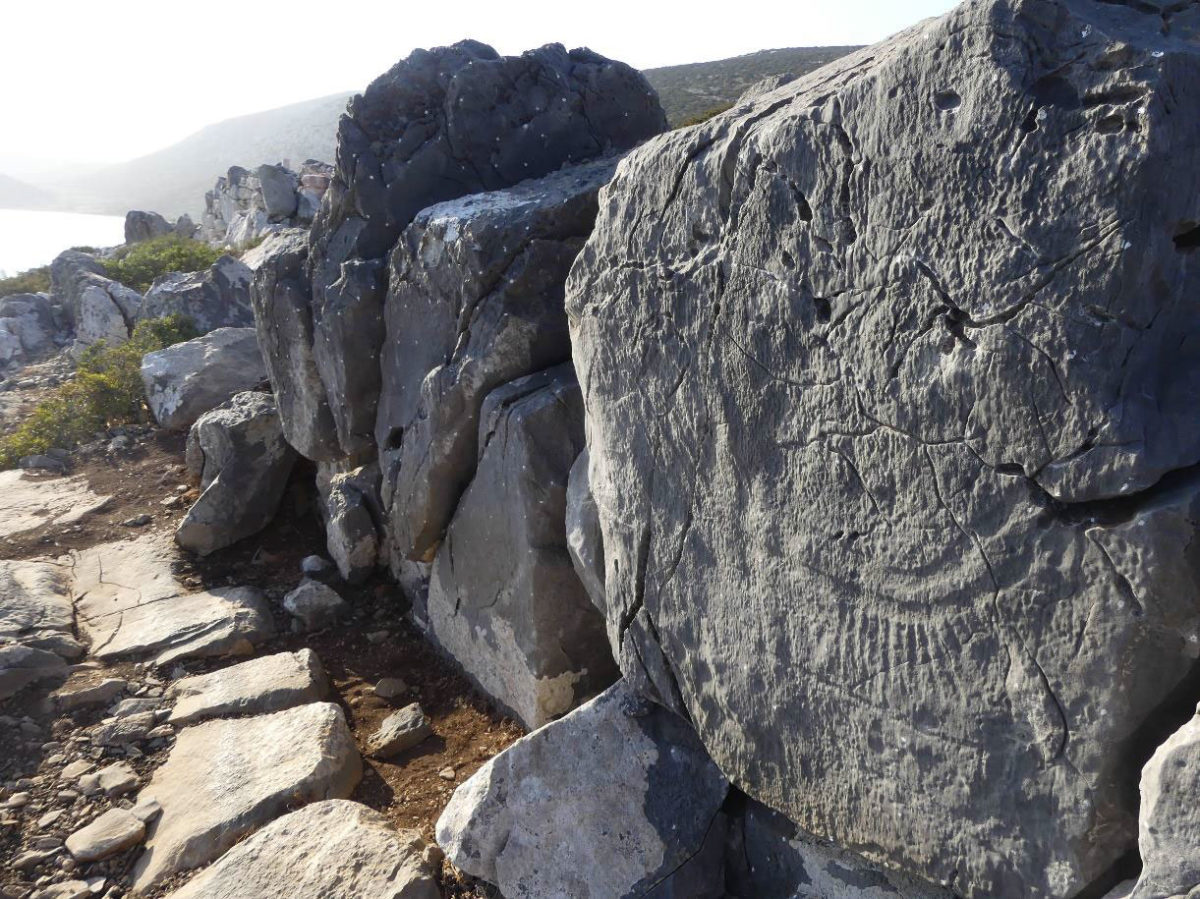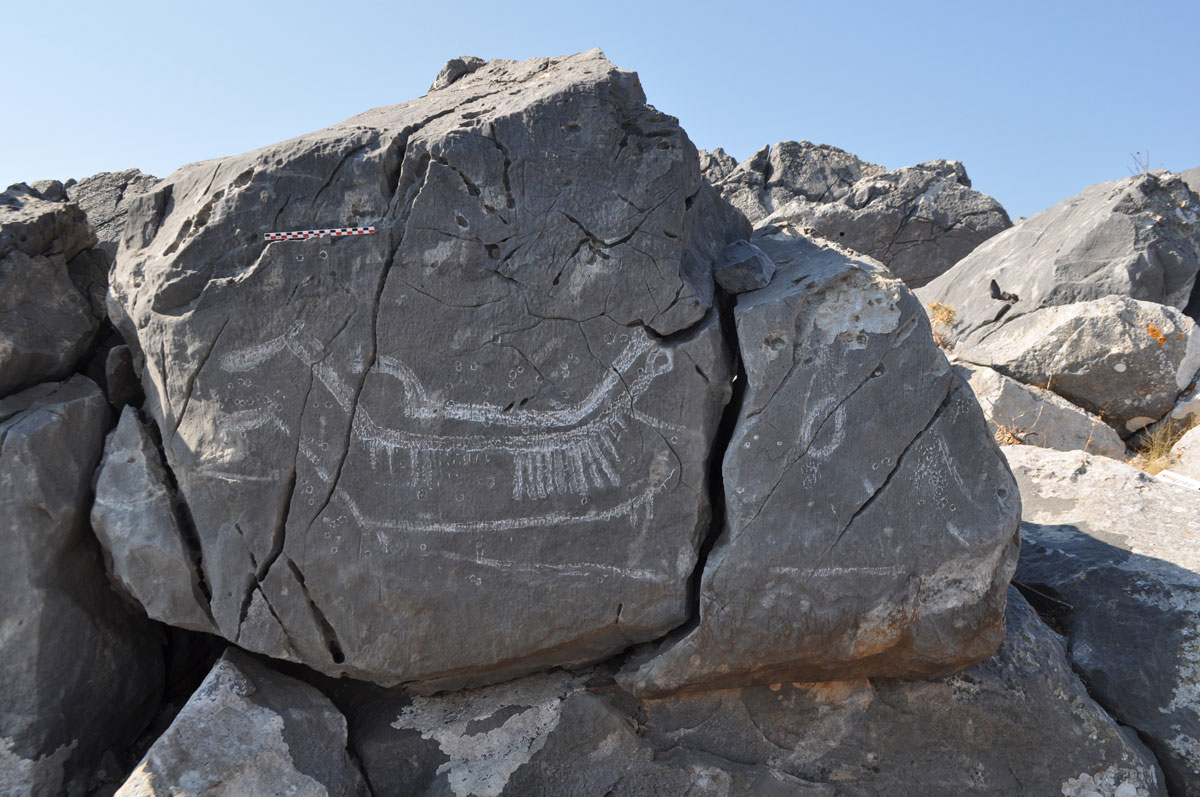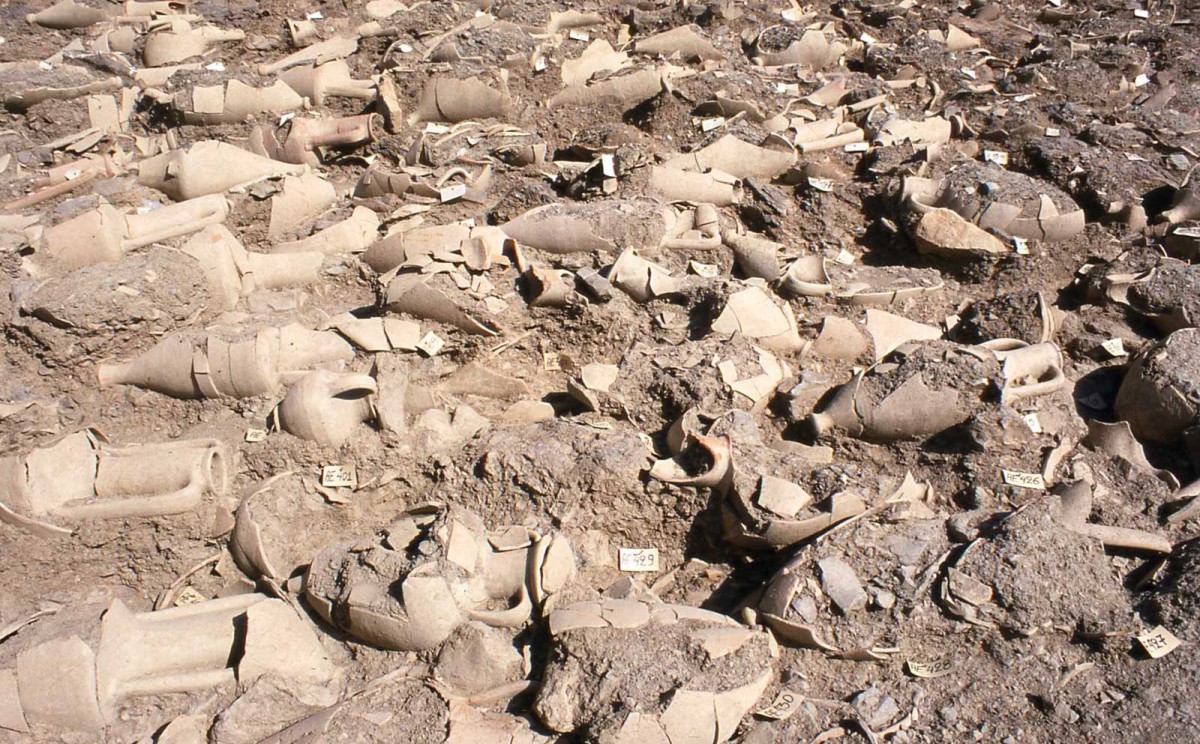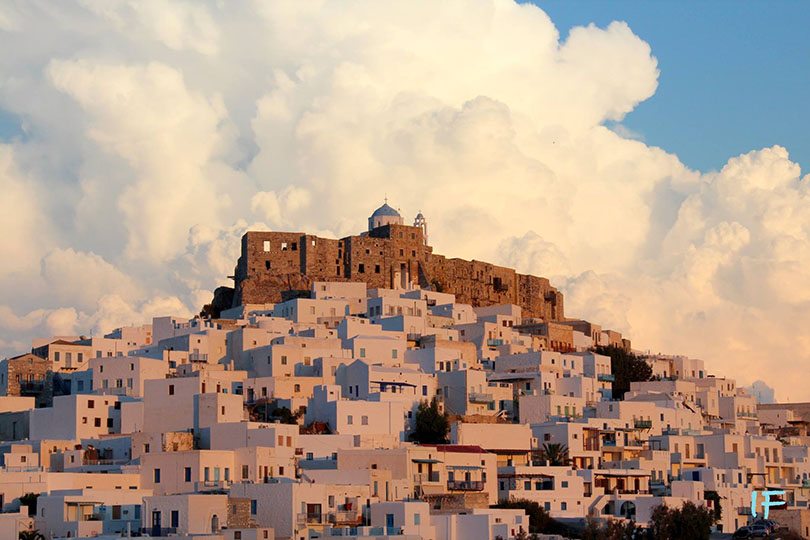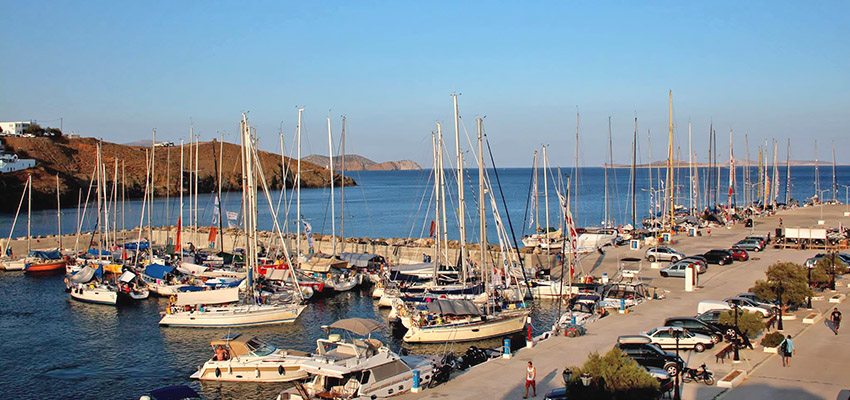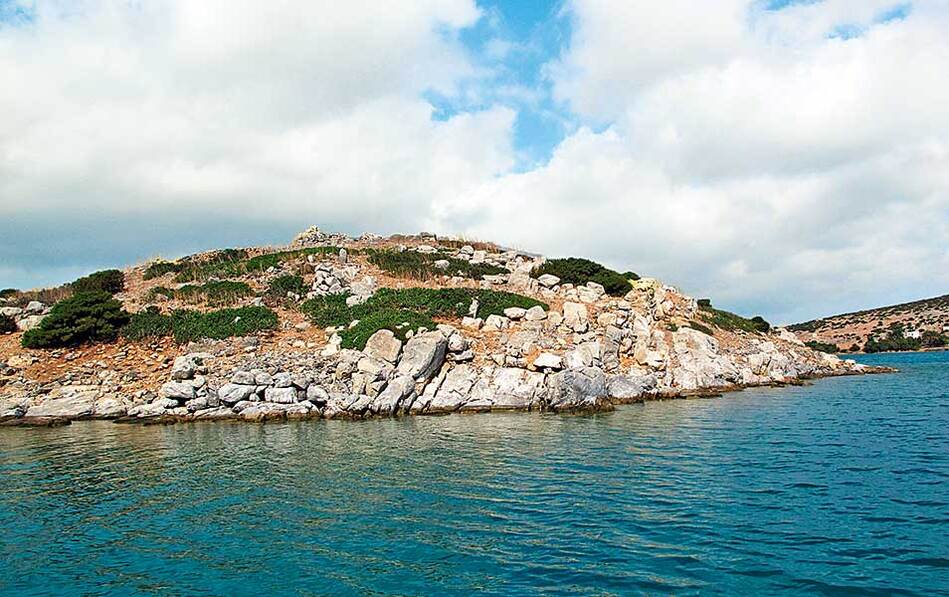
Archaeological Findings in Vathy, Astypalaia
Vathy, a picturesque settlement in the northern part of Astypalaia, is known for its wild beauty and is nestled around a serene blue bay that is often compared to a lagoon due to its shape.
If you visit the area, you’ll find a charming ouzeri (traditional Greek tavern), stunning crystal-clear waters, and a rich historical backdrop. Vathy is divided into two parts: Mesa (Inner) and Exo (Outer). Located 21 kilometers from Chora, since 2017 it has become a point of significant archaeological interest.
In 2011, under the auspices of the University of Ioannina, an archaeological observation and analysis project began in the area. The results were presented six years later, revealing petroglyphs and burial jars containing fetal remains.
1. Petroglyphs in Vathy
The petroglyphs were the first discovery to capture the attention of researchers.
Carved into rocks, these engravings have been eroded by wind and time, making them barely visible—except during the early morning hours when the sun rises.
Particularly striking were carvings of fishing vessels measuring around 70 centimeters, believed by experts to represent boats up to 30 meters in length—an exceptional size for the 3rd millennium BC.
The engravings of ships, alongside carved blades and figures of warrior clans, were likely meant as a warning to potential invaders. They symbolized the naval power and strength of the native people, who appear to have been primarily sailors and farmers from the 4th millennium BC onward.
Additionally, on the “Rock of Dionos”, ancient erotic carvings were discovered. Near the “Hellenistic Tower,” an ancient inscription suggests that this idyllic spot was once a lovers’ meeting point.
This finding gained widespread attention in 2014, with the British newspaper The Guardian dedicating a full report to it.
2. Infant Jar Burials (Enchytrismos)
The second finding was a complex ritual that sparked great curiosity among researchers, as they had never encountered anything like it from that period (4th and 3rd millennium BC). Near the petroglyphs, tombs containing the remains of nine newborn infants were discovered. These infants had been deliberately buried inside clay jars—an ancient funerary practice known as enchytrismos.The careful placement of the remains in tombs preserved for thousands of years highlights the ritualistic and symbolic importance of the practice.
The ceremony involved the burning of crops (grapes, wheat, lentils, olives) and a funerary meal shared by the family—seen as an offering to the deceased infants. The study of the bones required great care due to their fragility.
3. The Dragon’s Cave
Finally, by hiking north of Vathy, visitors can reach the Dragon’s Cave—known locally as “Drakontospilia”—accessible by boat.
According to archaeological findings, the cave was used in ancient times for worship.
Inside, stunning stalagmites and stalactites form intricate and diverse natural patterns.
Watch the video on the findings
Source: archaiologia.gr
Photos: image, image

